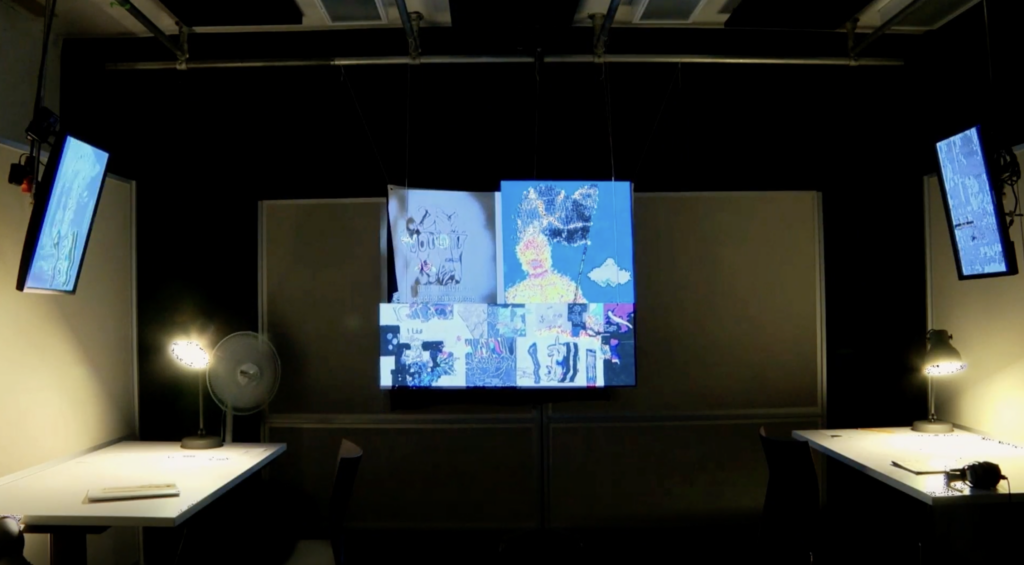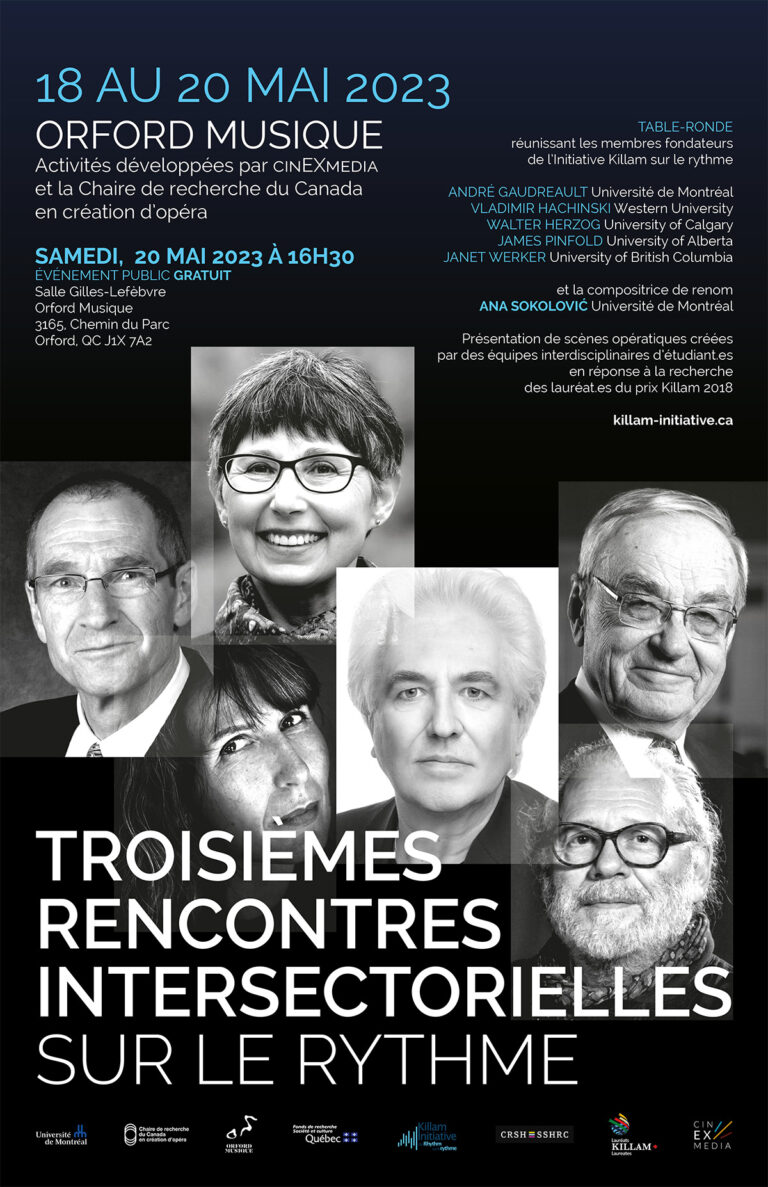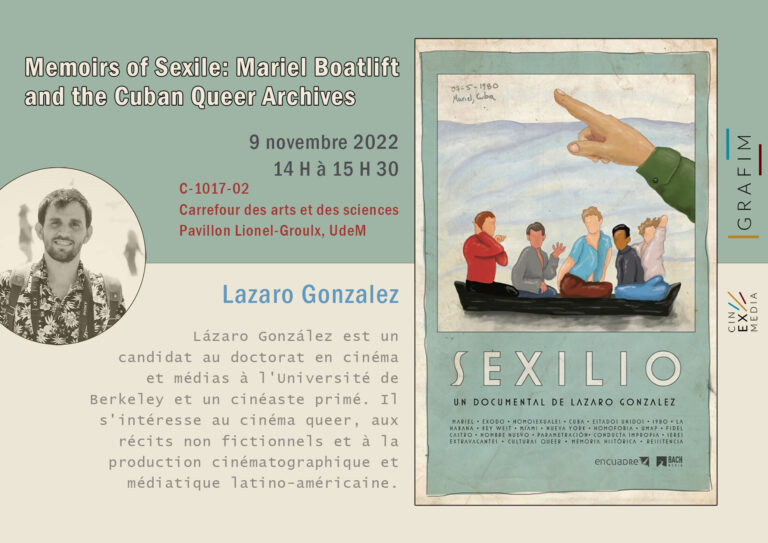The PhD student in film studies at the Université de Montréal investigates the concept of "glitch" in comics—a virtually uncharted field.

Olivier Du Ruisseau
A doctoral candidate in film studies (research-creation) at the Université de Montréal, Chedly Boughedir is deeply involved in university life. In addition to his work as a research assistant at the Laboratoire CinéMédias, he has contributed, these past months, to the student exhibition Amalgame and the project DélibérUM (both links in French only). As a comic book artist, he explores the use of artificial intelligence (AI) in comics and is particularly interested in the notion of "glitch".
The artist-researcher therefore combines theoretical reflection with experimental practice in his work, guided by a deep interest in “errors, accidents, and their creative potential,” as he explains in our interview. “What led me to the glitch was comics—or rather, the glitch brought me back to comics, which then appeared to me as the central object to study in my PhD.”
In his view, glitches can manifest in many forms: “printing errors, scanning errors, AI-generated glitches, or even screen glitches that affect the display of comic book pages.” By studying them, he seeks to “redefine how we create, conceptualize, and read comics.”
Originally from Tunisia, where he completed a bachelor’s degree in product design (2016) and a research master’s degree (2021) at the Institut des beaux-arts de Tunis, he says that he chose to settle in Montreal “not only for its rich comic book culture, but also to be supervised by the duo Philippe Marion and André Gaudreault, whose complementary expertise is ideal for supporting and guiding [his] research.” “The Université de Montréal is also known for its work on intermediality, a theoretical foundation that is essential for informing my research on comics and glitch.”
Video Installations
In 2023, Chedly Boughedir presented a video installation, Glitchy Moon, in Tokyo, Tunis, and Toronto. The piece featured a visual loop between a 70-page comic and a 12-second video, with each video frame corresponding to a page of the comic. “The comic becomes the video, and the video becomes the comic,” he says. “There’s no beginning or end.”
In Noise, another recent multimedia installation, presented in March at Amalgame—an annual ephemeral exhibition organized by the Université de Montréal’s Art History Students’ Association—he built on the same principle but added an interactive layer: QR codes granted access to other digital versions of the displayed elements. “This kind of treasure hunt gets the audience involved in a different way; they become active participants in the reading process.”

This desire to challenge convention also shapes his reflection on autobiographical comics, a theme he is developing in his PhD work. “I have dysorthographia [a learning difference affecting written language], and I find it interesting that handwritten text with spelling mistakes can itself become a form of expression.” For Boughedir, error is not something to correct, but something to explore: “My interest in glitch also comes from that—from the tension between what the system labels as wrong and what I view as authentic.”
His technique, like his creative process, is hybrid. “Normally, I draw by hand on paper, then scan it and continue working on a tablet. But I also like to crumple the paper, manipulate the material… then I introduce the digital glitch.”
Pushing Boundaries
Another of his projects at Université de Montréal is DélibérUM—a training tool in the form of a video game that teaches students how deliberative assemblies function, designed under the direction of Professor Dominic Arsenault.
Boughedir is also making his mark on the Montreal arts scene. In 2024, he completed a residency at Dare-Dare, an artist-run center, where he explored the use of lenticular printing to evoke movement in archival images. “That printing technique allowed me to recreate glitch effects and link paper to digital media.”
By pushing the boundaries between reading and participation, printed material and digital flow, norms and deviations, Chedly Boughedir is carving out a unique path in comics studies. His research-creation work opens an original and thoughtful space for reimagining narrative drawing in the age of artificial intelligence.


